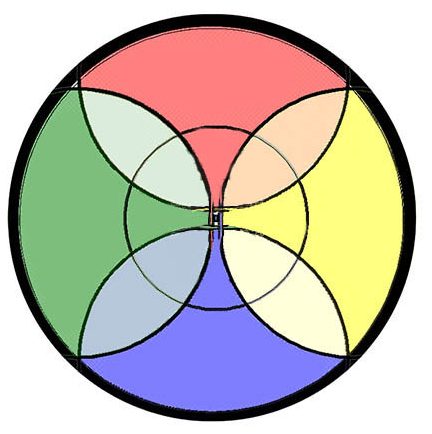#SensingSpirituality #SensingMystery
I’m spending most of today exploring Myths from outside the canon of scripture, and tomorrow I’ll be telling Viking era stories that most will dismiss as simple children’s tales. Why would I be doing that?
The Church tradition I was brought up in laid a strong emphasis on understanding the meaning of scripture. Recognising that culture within their church congregations had diverged from that in society in general they also placed an emphasis on communicating scripture in relevant ways. Translating from Church english into “everyday”, or “Scottish”, or “youth” English. From books, to spoken words, films, music and the Arts in general.
The focus tended to be on explaining “The Truth” however, rather than on thinking about what was happening in society. I began to question whether efforts by church leaders to maintain a distinctive Church culture had led to the Church playing the role of “Teachers of the law” rather than “Jesus and his disciples” in it’s own stories.
I also became aware that we were reading a very small fraction of the documents from the history of Christianity, and that much of what was explained in them was explained by referring to stories, customs and myths which were general knowledge at the time, but not any more.
So I asked questions, and was blessed by finding people who even if they didn’t know the answers would reflect those questions back on me to help me ask better questions. Rather than dismissing the issue of how the people who built Gobeklitepe
10,000 years before Jesus walked the earth could relate to him, I was encouraged to explore possible answers. Some of these answers are relevant to how people born 2000 years after he walked on earth can relate to him as well.

Thinking at this scale requires contemplation of mythic themes, and the recognition that logical understanding of truth has it’s limits (anyone familiar with Spock, or Data from Startreck will be aware of this too). Instead of dismissing Myths as stories for children, it becomes helpful to think of them as ways in which children learn epic truths about becoming adults. Or indeed, for adults to learn, through contemplation as well as rationality, about what it is to be human. The rise in popularity of comic books and imaginative fiction to the mainstream when it used to be a geek subculture is evidence of this. This graph showing the rise in use of the word “mythoi” in English literature also indicates a shift in society.
It could be compared with this one for the decline use of the word Christian.
But a search for the word “Cheese” should remind people that without correct labeling these are just pretty graphics that I could be using to distract you from exploring more deeply!
Most people aren’t looking for understanding of how mythoi function though. Growing up in a world where not even your biological sex is a fixed fact requires different life skills to those needed in a culture where your future job was often fixed by who your father was and if you were born a woman you were expected to be a housewife. People are responding to globalisation, changes in societal norms, and a climate crisis and finding help through exploring mythic themes.
Many of the age old myths in the Christian tradition have been edited out and replaced by modern pop psychology and self help books. Compared to the history of human storytelling these are a poor substitute for the wealth of ages. Myths can still be found though. Some are preserved in the lives of saints, some were recorded by mediaeval christians from pre christian cultures.
They are the ideological map of human being which makes sense in relation to the landscapes humans have evolved in. They talk of giants of ice and snow in the north, or fickle fire Jinn from the desert.
So tomorrow I will be telling tales for all who have ears to hear, and opening gateways for people to explore their being. They will hopefully laugh at the jokes too…






One reply on “Mythoi”
Good thoughts Simon. And you lead by the example of combining actions with contemplation when you use raw materials to fashion mythical objects into real ones. I think that’s crucial in a world of increasing distance between thought and reality. Let’s keep doing it!